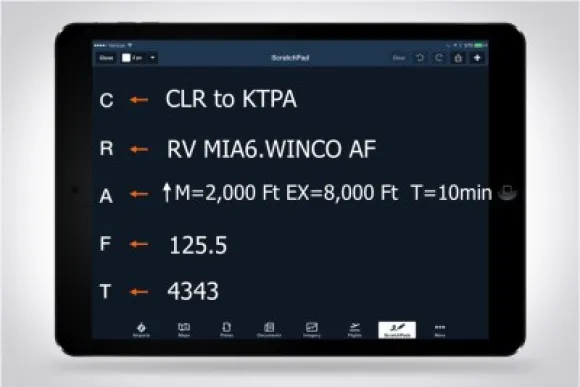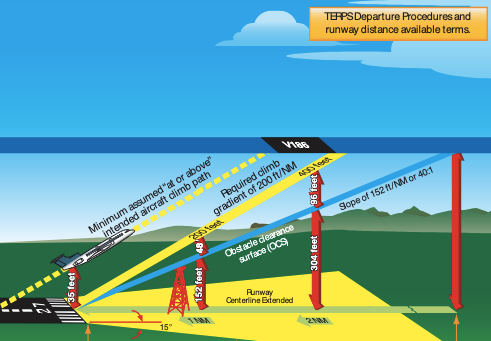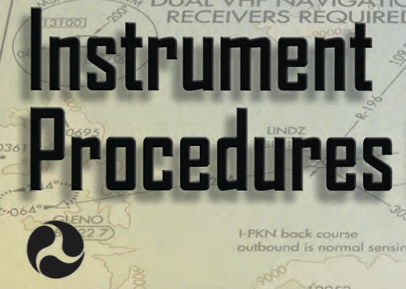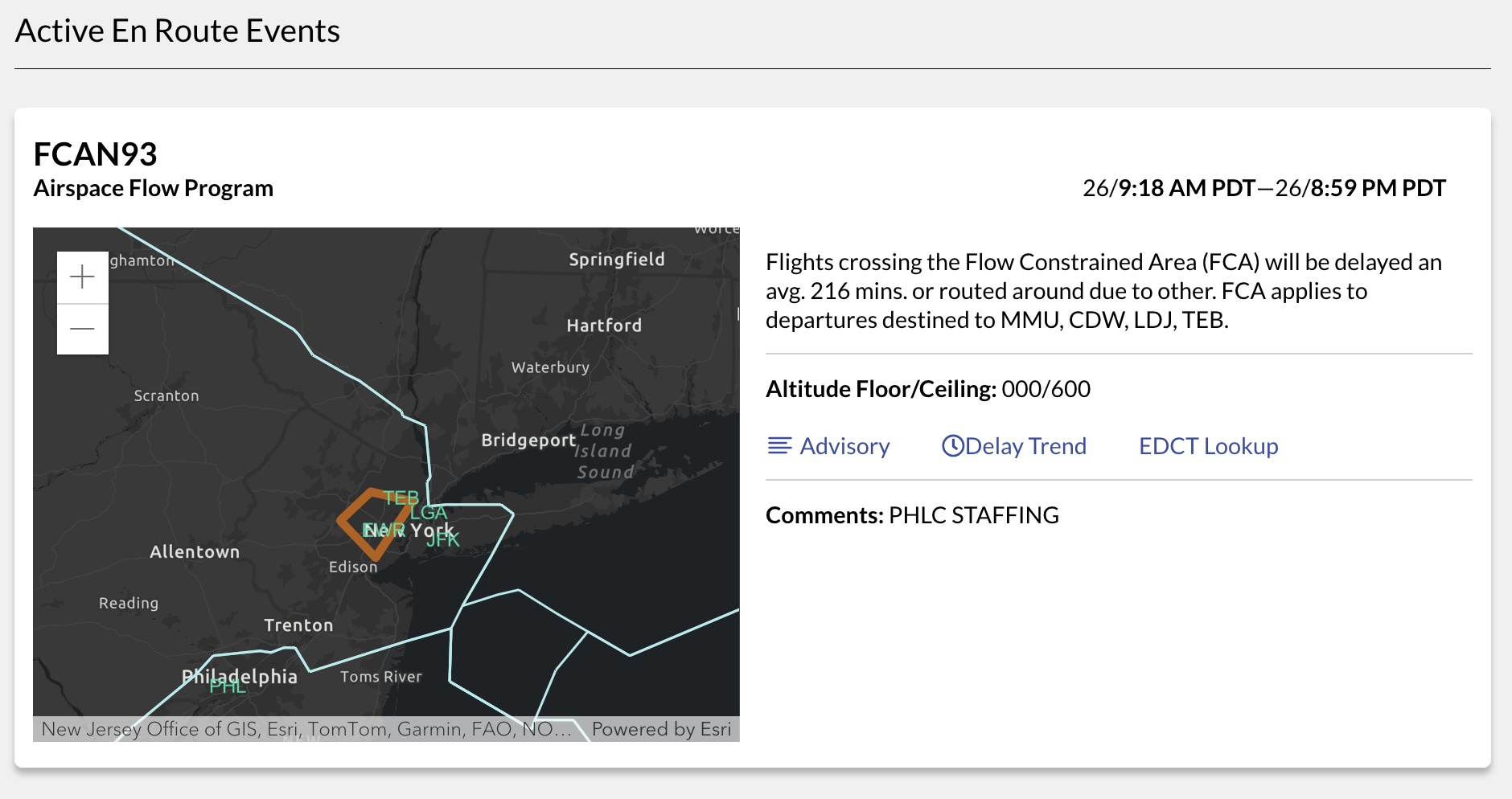
IFR Clearances
Non-Towered Airfield
Departing IFR from a non-towered airfield makes you squarely responsible for obstacle clearance until reaching the overlying controller's minimum vectoring altitude
Moreover, a clearance will come with a "release window" in which you need to depart
The Instrument Flying Handbook states (Chapter 10 in Departure Procedures): If weather conditions permit, depart VFR and request IFR clearance as soon as radio contact is established with ATC.
If you need that clearance on the ground (weather, airspace concerns, etc), you must contact ATC:
- Pick up on dedicated RCO frequency
- Pick up on local approach or center frequency
- Call the published phone number in the Airport/Facility Directory
- Relay through FSS
Recommendations
- Be ready for immediate departure
- Consider asking for VFR departure if a delay is imminent
Pickup Enroute in Air
Obtaining your (already filed) IFR clearance is much easier in the air because the separation requirements are so much less when you’re in radar contact (not “one-in,one-out” like non-towered fields).
HOWEVER:
- You need to make sure you can climb all the way to MVA/MIA on your own obstacle clearance
- If MVFR or worse...highly don't recommend this route
- This is great when departure is VFR but you will encounter IMC later enroute

Departure Procedures
Due to topic complexity, this is on its departure procedures page.

Flight Planning
Local Flight for IFR Practice
It’s nice to practice locally in IMC. But how do you file that flight plan from and to the same destination?
There’s a decent few minute dicussion of this in the Opposing Bases Podcast (Episode 359 Mystical Land Pirates at 59 minute mark).
Here’s some things that have worked for me that ATC seems comfortable with:
- File from and to starting airport; put the FAF as a route
- USE THE REMARKS SECTION (brief) — I've noticed most controllers read these
- File to another local airport for an approach and then list your origin as alternate. Still use remarks.
- I've had great success by just communicating with ATC via clearance deliver and the TRACON controllers
Be careful if changing sectors (e.g., departing in TRACON and doing an approach in CENTER airspace and then returning to TRACON); you may want a separate second flight plan for the return if you switch sectors.

Known ATC Delays
Researching known ATC delays is required as part of every pre-flight (FAR 91.103) under IFR or non-local destination.

While normally not to impactful to us, there are times when these impacts affect your route or your destination (like in the picture above).
The FAA has some good resources to ensure you are prepared for entry into the national airspace system:
- Active delays and flow-constrained areas
- This is a map, tile, or list-based FAA site of active delays, closures and potential upcoming events
- At the bottom is "Terminal Planned" events possibly affecting airports/terminal areas
- Also at the bottom is "Enroute Planned" events affecting the enroute sturcutre
- FAA Operations Plan (Planned Delays and Events)
- This operations plan lists all events (VIP movements, space activity, military activity), staffing, weather, major construction and communications-based delays
- FAA Playbook
- A detailed list of the "playbook" route modifications that are referred to in the operations plan and active delays
- As an example, today No Q34_2 is in effect due to staffing. See pages 637-639 of the linked FAA Playbook to see what this actually means